Action-Research to assess the dimension of the NEET phenomenon in Tuscany
Title SAMPEI – Sviluppo Approcci Multidimensionali per Progetti di Emersione Inclusiva
Location Tuscany, Italy
Project leader Comune di Bagno a Ripoli
Partners Comuni di Figline e Incisa Valdarno, Impruneta, Reggello, Rignano sull’Arno, Unione Comunale Chianti Fiorentino; Istituto Partitario “Marsilio Ficino”, Istituto Comprensivo di Rignano Incisa, ISIS Giorgio Vasari, Figline e Incisa Valdarno, Istituto Comprensivo di Reggello, Istituto Comprensivo Antonino Caponnetto, ISIS Gobetti-Volta, IC “Primo Levi” di Impruneta, Istituto Comprensivo “Il Principe” di San Casciano VP; CNA Firenze metropolitana, Cia Agricoltori Italiani Toscana Centro, Confesercenti Firenze; CESCOT Firenze, Chiantiform ETS, CFP don Facibeni; Cooperativa sociale Coop. 21, Consorzio Metropoli scs rl, Oxfam Italia Intercultura, La Stadera Cooperativa Sociale Onlus, Associazione Anelli Mancanti Valdarno, Anteas, Associazione Culturale Gruppo della Pieve, Circolo Arci di Rignano sull’Arno, Arci Firenze Aps, Croce Rossa Italiana Comitato di Rignano, Associazione Pubblica Assistenza Croce D’Oro Ponte a Ema, Croce Rossa Italiana, Comitato di Bagno a Ripoli, Passe-Passe asd, Società Ricreativa e culturale di Tavarnuzze ARCI APS
Funding Initiative co-funded by the Presidency of the Council of Ministers – Department for Youth Policy and Universal Civil Service under the ‘Youth Policy Fund – 2020-2021’.
Context
The territory of the South-East Florentine area is characterised by a series of economic, social, health and cultural/recreational criticalities. In addition to these, there are inadequate connections to and from the city/main services and local public transport. Services, however, which are essential since commuting both to work and to schools is frequent. With regard to this second category, in fact, the dislocation of personal services and study courses in the larger, urbanised territorial dimension means that most young residents, once they have finished secondary school, have to move to study, work and socialise.
Looking at young residents of school age, an educational fragility emerges, which particularly affects technical and vocational courses, i.e. those chosen by young people mostly coming from families in difficulty: late pupils in technical courses are 21.92% (females 17.07% and males 22.66%), 33.51% (females 30.77% and males 35.10%) for vocational courses, against 8.76% in high schools. On leaving school, however, data on NEETs -Not in Education, Employment or Training, i.e. those young people aged between 15 and 29 who are neither employed nor in education or training, are lost.
In this context, SAMPEI, as a participative community project, intends to set up a Permanent Observatory and Horizontal Governance thanks to which it will be able to conduct a research-action aimed at defining performing strategies and services adequate to intercept, engage and activate on several levels and with more intensity the potential addressees, The research-action will be strengthened by the activation and experimental participation of young NEETs already known and involved in the partners’ activities.
General Objective
The Inclusive Development Unit was involved in the project to examine the characteristics of the NEET phenomenon on the territory of the South-East Florence area and to develop a Data Management System that would allow the Observatory to monitor the conditions of the NEET phenomenon and, in general, of vulnerable youth.
Our contribution
From the point of view of analysis and measurement, the NEET classification poses a number of problems largely due to the heterogeneitỳ of the youth conditions included in it.
The officially adopted definition of NEET also includes the inactive, i.e. those not currently looking for work. Inactives, however, are a heterogeneous category: on the one hand, this category includes the most vulnerable part of young people, i.e. those who are most at risk of social marginalisation if active policies do not intervene with adequate timing and modalities; on the other hand, inactives also include those who are not willing to accept employment because they can count on economic support from their families without any particular problems (these are mainly young people who can stay in their parents’ homes for a long time).
The Inclusive Development Unit will proceed with an in-depth mapping of available data sources and then move towards an in-depth understanding of the phenomenon through interviews, a questionnaire and the identification of a sample of NEETs to be involved in the research.
The information deriving from the research will be re-processed in order to propose an autonomous system of standardisation, collection, systematisation and analysis of data on the NEET phenomenon, which will enable the SAMPEI Observatory to monitor it in the long term.
Read more on the Inclusive Development Unit
Related Projects
-

Action-Research to assess the dimension of the NEET phenomenon in Tuscany
-

Evaluation of the project to improve community awareness and response to gender-based violence in Uganda
-

Research on knowledge, attitude, social norms and practice on reproductive health rights and gender-based violence in Narok county, in Kenya
-

Betting on the Future: Youth and Territory in the Empolese Valdelsa Municipalities
-
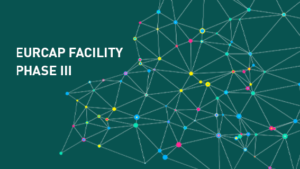
Capacity Building European Facility for the Readmission of Migrants – EURCAP, Final Evaluation
-
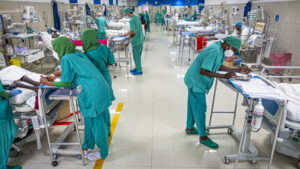
Final evaluation and SROI analysis of the project to train health personnel at the Salam Centre in Khartoum
-

Action-research to foster the employment inclusion of persons with disabilities in Tunisia
-

What Women Want: women’s empowerment and aspirations in SWANA countries.
-

Exploratory research on accessibility of health services in Mozambique
-

Action-Research to foster labour accessibility for young people with disabilities in Kenya
-
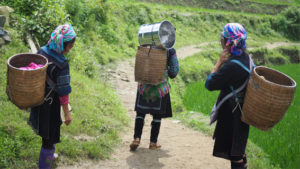
Evaluation of the project that aims to improve the health of the most vulnerable in Myanmar
-
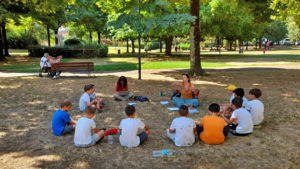
Action-Research for the Global Boyhood Initiative on stereotypes, gender roles and bullying
-

VINIL – employability assessment for persons with disabilities
-

Food Wave, Monitoring the project that promotes sustainable food consumption among young Europeans
-

Nothing About Us Without Us: Emancipatory Research and Strategic Plan on disability in Palestine
-

Monitoring and evaluation of the participatory processes of Cantieri della Salute in Tuscany
-

Market analysis to foster employment of young people in Mali
-
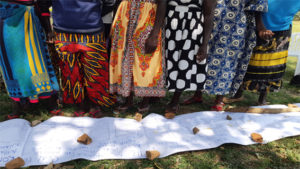
Action – Research to foster community health insurance for women in Sédhiou, Senegal
-
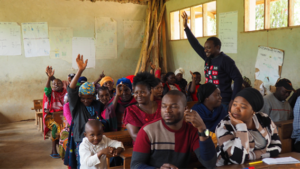
No One Left Behind: an Emancipatory Research for young people with disabilities in Tanzania
-

Social Board a model to contrast social exclusion, the case of Prato
-
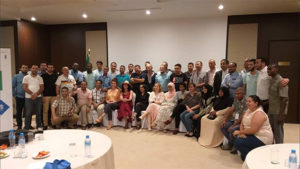
CapDeL: Incubation process for associative projects in Algeria
-

CapDeL: la ricerca al servizio dello sviluppo locale sostenibile in Algeria
-

Evaluation of the SPRAR projects managed by ARCI Toscana
-

Need assessment to foster social inclusion in Tuscany
-
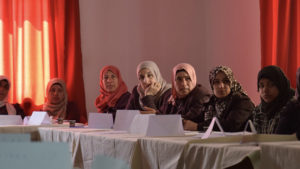
Promoting inclusive business and social entrepreneurship in Palestine
-

Final Evaluation of CBR Programme on disability and rights of persons with disabilities in Mongolia
-
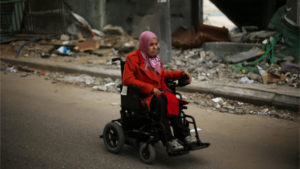
Emancipatory Research as a participatory approach to foster inclusion of women with disabilities in Palestine
-
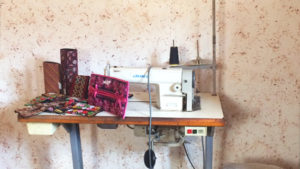
Research and consultancy for the inclusion of women with disabilities in the Gaza Strip
-
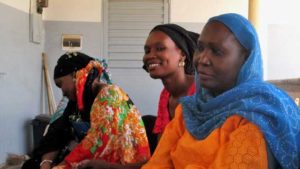
Action-Research for gender mainstreaming development in Senegal